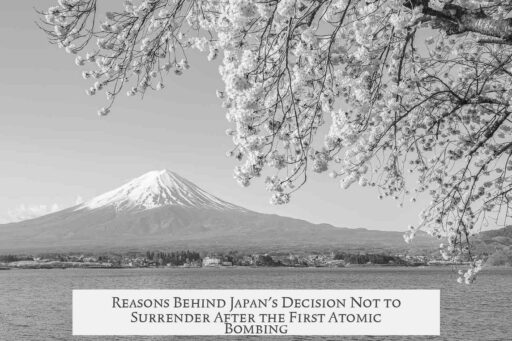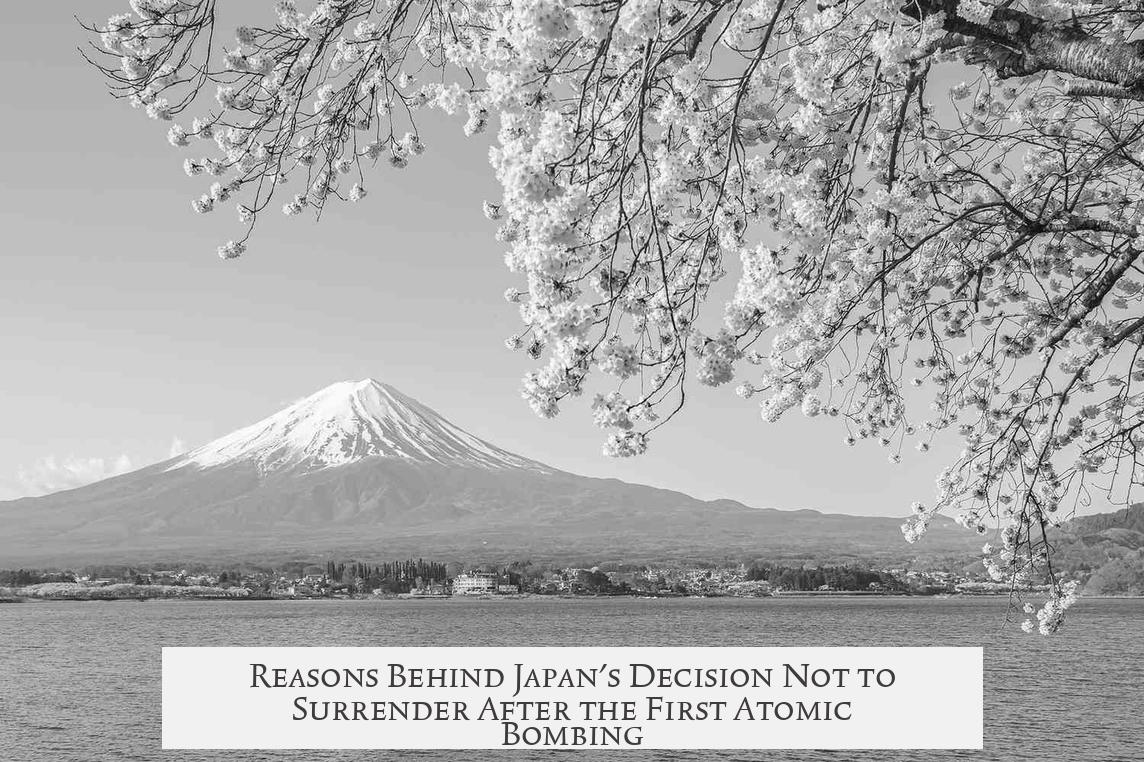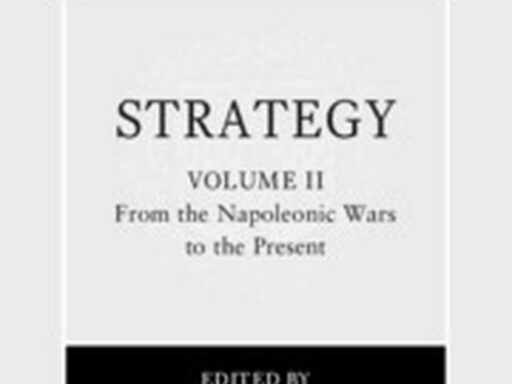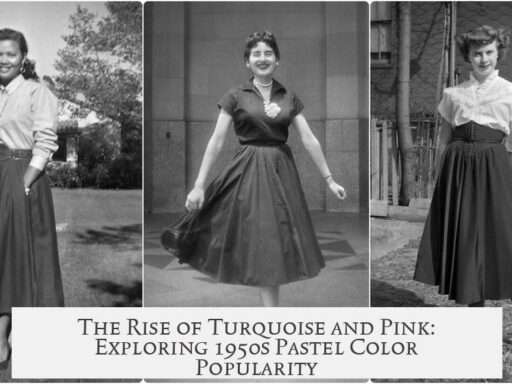Japan did not surrender immediately after the first atomic bomb on Hiroshima because of timing, communication delays, and complex internal decision-making. The Hiroshima bombing disrupted all communications with the city, leaving Japanese leadership without a clear understanding of the damage. They had to send envoys to investigate before considering surrender. The Nagasaki bombing came only three days later, too soon for Japan to fully process the Hiroshima attack and reach a decision.
Japanese officials were already engaged in critical discussions after confirming that Hiroshima had been hit by an atomic bomb. These talks also involved the recent Soviet invasion of Manchuria, which greatly influenced Japan’s strategic stance. The swift follow-up bombing of Nagasaki caught many by surprise amid these deliberations.
Interestingly, Nagasaki’s bombing had limited direct impact on Japan’s final surrender decision. Historical analysis shows Japan was primarily driven to surrender by the Hiroshima bombing and the Soviet declaration of war. The Emperor had to intervene to push for surrender formally. This led to a brief internal coup attempt, delaying public announcement until August 15.
The U.S. leadership under President Truman was unaware of how quickly the second bomb followed the first. This highlights the fog of war and communication gaps during that period.
- The Hiroshima bomb disabled communication, preventing quick response.
- Japan’s leadership was processing both bomb damage and new Soviet threats simultaneously.
- Nagasaki arrived before Japan made a decision, so it had little influence.
- The Emperor’s intervention was crucial for surrender after internal resistance.
- Truman lacked full knowledge about the timing of the Nagasaki bombing.
For deeper insight, scholars recommend consulting Dr. Alex Wellerstein’s analysis on related questions, addressing timing, decision processes, and U.S. awareness. His works clarify why Japan’s surrender was not instantaneous despite the devastating Hiroshima bombing.
- Communication delays slowed Japanese response.
- Political and military discussions were ongoing.
- Soviet entry into the war pressured Japan.
- Emperor’s intervention enabled surrender decision.
- Nagasaki bombing predated Japan’s formal surrender choice.
Why Didn’t Japan Surrender After the First Atomic Bombing?
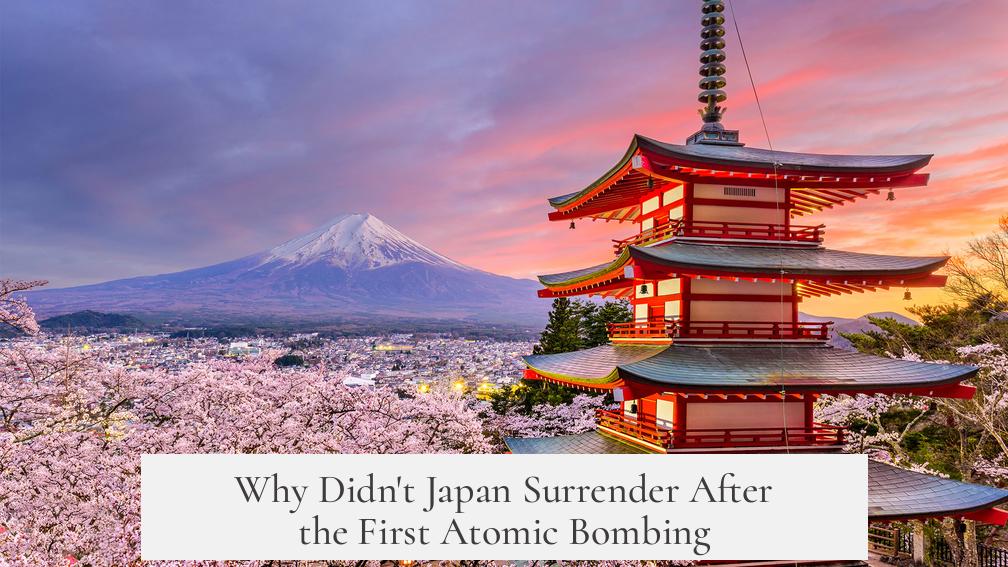
Japan did not surrender immediately after the first atomic bomb on Hiroshima because critical factors related to timing, communication breakdowns, and internal decision-making slowed their response. It wasn’t a matter of stubbornness or denial alone, but a complex web of circumstances played into the delay. Let’s unpack this tangled historical moment with some clarity, and yes, a sprinkle of mild humor to lighten the gravity.
Imagine being part of the Japanese leadership right after Hiroshima’s devastation on August 6, 1945. The city lies in ruin, but—here’s the kicker—their communications to and from Hiroshima are completely shattered. No instant news updates, no viral social media posts, just silence and guesswork. This blackout meant commanders had to send envoys from elsewhere to scout out what had truly happened. It’s like trying to get a text through with spotty Wi-Fi during a storm—frustrating, slow, and nerve-wracking.
Timing and the ‘Weather’ Factor
The timing of events didn’t make things any easier. The second atomic bomb wasn’t dropped a week later, but only three days after Hiroshima, on August 9. You might wonder why so soon? Well, the original plan had the bombs dropped a week apart. But bad weather on August 8 caused the delay where the team could only fly again on the 9th, leading to the rather uncomfortable “double whammy” for Japan in such a tight timeframe.
Interestingly, while the first bomb hit Hiroshima, some of Japan’s highest military officials were actively debating what to do about this new weapon and the simultaneous Soviet invasion of Manchuria. Imagine trying to make sense of a crisis when multiple disasters hit all at once—like juggling flaming torches while riding a unicycle.
Decision-Making in the Eye of the Storm
It’s crucial to grasp that Japan’s decision to surrender wasn’t triggered by Nagasaki’s bombing immediately. Surviving historical sources suggest Nagasaki played a surprisingly minor role in the final surrender decision. In fact, you could argue Japan had inched toward surrender after Hiroshima but got hit with Nagasaki *before* sealing the deal. The Emperor Hirohito had to push hard for surrender after balancing the military’s divide, and this led to the notorious aborted coup attempt by those who opposed the surrender. This push-pull drama delayed the official announcement until August 15.
So, in a way, Japan did *de facto* surrender after Hiroshima, but the announcement and formal acceptance came only later, influenced also by the Soviet Union declaring war on Japan on August 8. This multi-front pressure contributed massively to ending the war.
What Did Truman Know?
You might be curious—was President Truman fully clued in on the timing of the atomic bomb drops? Historical records show he was not. Truman apparently did not know the exact timing of the Nagasaki bombing after Hiroshima. This lack of detailed operational knowledge further reveals how chaotic and fast-moving this period was, despite the technological marvels involved.
Putting It Into Perspective With Some Recommended Resources
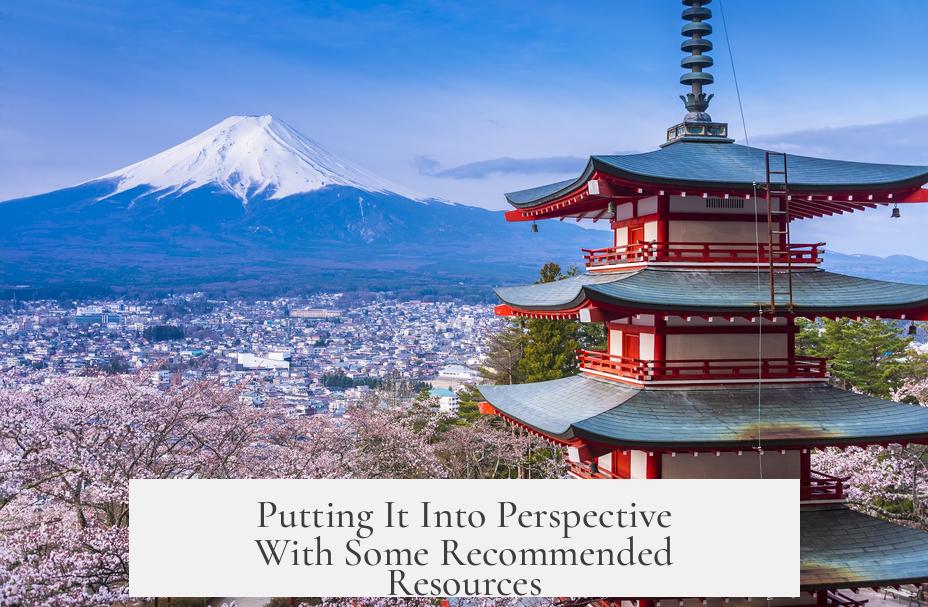
If you’re leaning in, scratching your head, or just love diving deeper, you should check out work by Dr. Alex Wellerstein. His research and discussions on platforms like Reddit’s AskHistorians give excellent context, even pretty lively back-and-forth debates on whether Japan could have surrendered in those three days and why Nagasaki came so swiftly after Hiroshima.
- Was Truman surprised by the Nagasaki bombing?
- Could Japan have surrendered in only three days?
- Why was Nagasaki bombed so shortly after Hiroshima?
- FAQ on the Atomic Bombs
In Conclusion: A Moment of Complexity, Not Just a Simple “No”
The question “Why didn’t Japan surrender after the first atomic bombing?” often gets a too-simple answer: stubbornness or denial. But history tells a more nuanced tale. The destroyed communication lines, the storm of simultaneous threats, internal military debates, and the strategic timing of events all influenced Japan’s delayed surrender.
So the next time someone wonders why the second bomb was dropped so quickly, remember: it’s not a straightforward story of ignoring a warning. It’s a story of chaos, human hesitation, and deciding the fate of millions under extreme pressure—with no internet to speed things up.
History is rarely neat, and in this case, it’s a reminder that major decisions often hang on timing, communication, and those behind-the-scenes struggles we rarely see.
